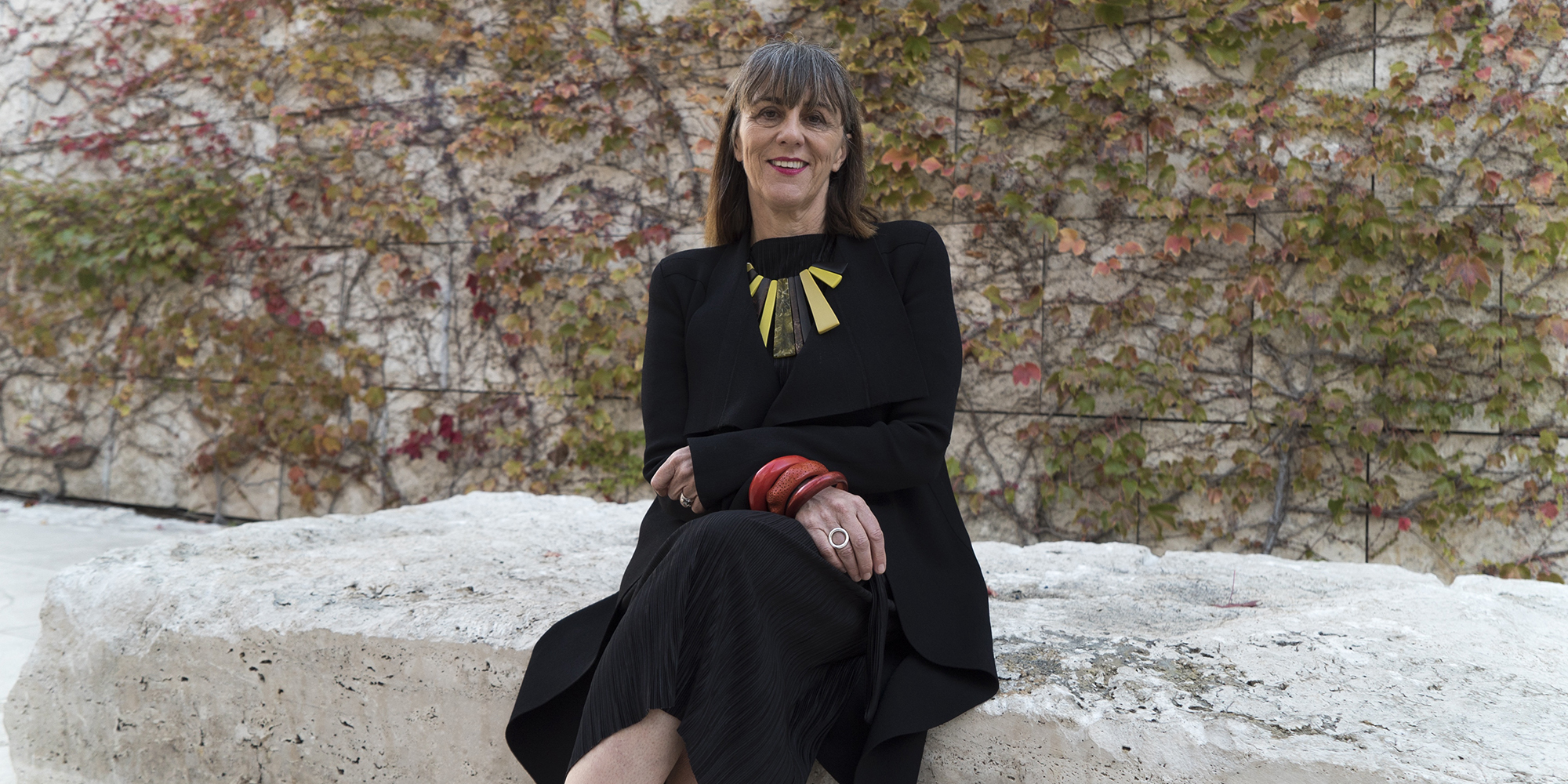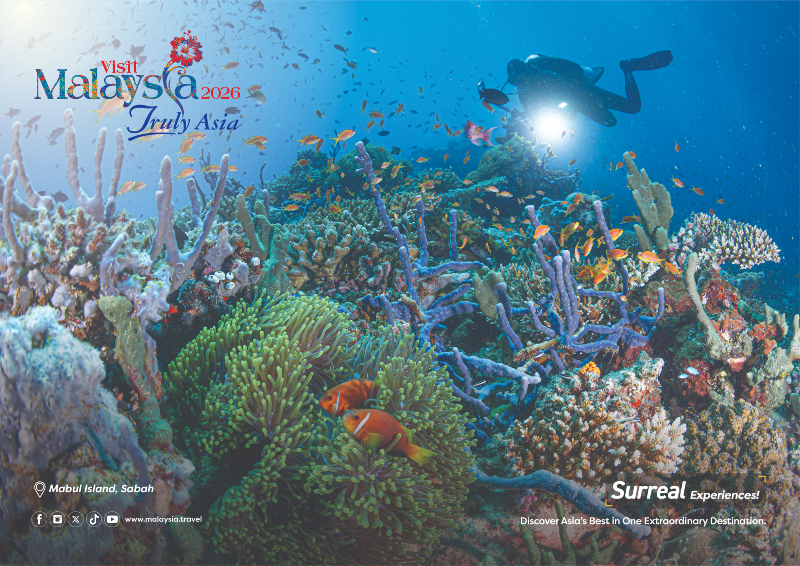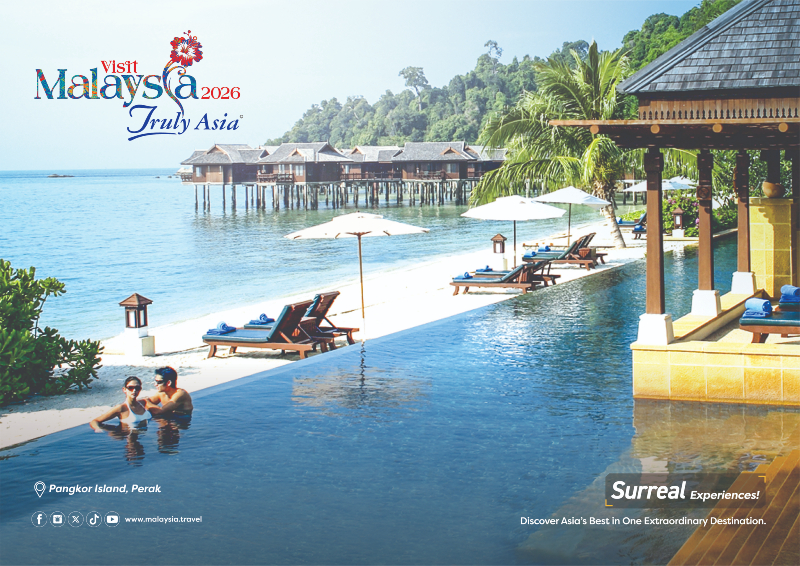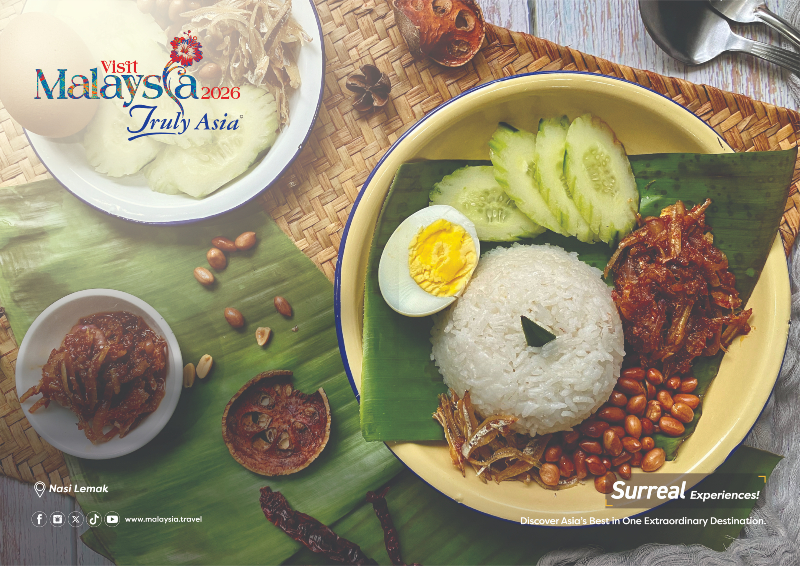It’s one of the most well known names in the world. You don’t have to have visited one of its locations to know the name.
Getty is not only an institution, it’s also the dream workplace of Australian Susan Macdonald.
Macdonald, who has a bachelor of science (architecture) and a bachelor of architecture from the University of Sydney and a master’s degree in conservation studies (University of York/ICCROM) joined the Getty Conservation Institute (GCI) in 2008 as head of Field Projects.
She previously worked at the New South Wales Heritage Office in Australia as its Director and has been involved in a wide range of conservation issues from urban planning, development, economics, world heritage, and policy and technical matters and has lectured, authored, and edited various books and articles on these topics.
After chatting with the team at Getty at IPW 2024, Traveltalk caught up with Macdonald about why she loves working at Getty, and its Australian connection.
 How did you come to work at Getty?
How did you come to work at Getty?
I studied architecture at the University of Sydney and then received my Master of Arts in Conservation Studies at the University of York in England. I worked in Australia and London as a conservation architect for many years. My experience with heritage places and my conservation studies in Rome, York, and Sydney led me to the Getty, which has given me the opportunity to work on amazing projects in incredible parts of the world.
What do you like most about working at Getty?
The Getty is a truly unique cultural institution that advances knowledge and conservation of cultural heritage and art internationally. My role as Head of Buildings and Sites at the Getty Conservation Institute is to help identify and address conservation challenges of global relevance. It really is a dream job, which takes me to incredible sites around the world where I have the privilege to work with fascinating people.
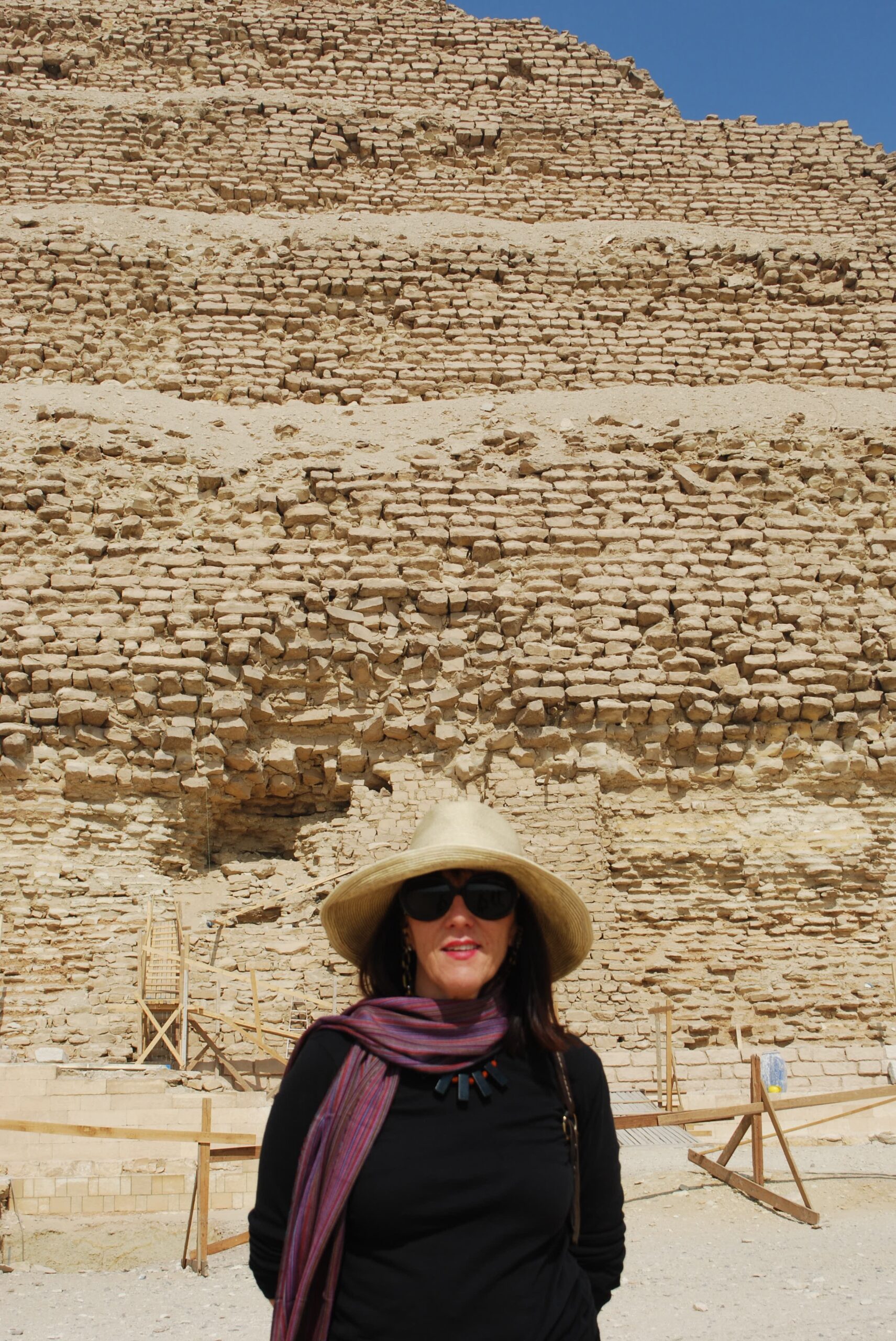 What do you think Australians would be surprised to know about Getty?
What do you think Australians would be surprised to know about Getty?
Most people know Getty as a museum, but we are more than our two iconic sites—one being the Getty Center on top of the hill overlooking Los Angeles and the second being the Getty Villa in Pacific Palisades. What makes us unique is that we are also a world-class research center for art and culture, a philanthropic foundation that supports scholarship and conservation, and a renowned conservation institute undertaking projects around that world that tackle many of the most pressing and difficult challenges facing cultural heritage today.
What are some of the most interesting projects you’ve worked on?
I have been lucky to work on several incredible conservation projects including an earthen Kasbah in Morocco, the House of the Bicentanary at the ancient site of Herculaneum in Italy, and the Tomb of Nefatari—the most beautiful tomb of ancient Egypt. Before the tragic coup d’etat in Myanmar, we worked on the breathtaking ancient site of Bagan—a magical landscape of some 3,600 temples, stupas, and monasteries on the Ayeyarwady River. In Peru, in our efforts to preserve historic earthen architecture and protect it from earthquakes has provided the opportunity to work with remote Andean communities. Here, we bring together the latest advancements in engineering science with traditional building practices—a lesson in how learning from history can inform the future.
What is your favourite part of the Getty attractions available to the public?
I love both of our sites. Situated in a beautiful landscape with wonderful gardens, outstanding architecture, and amazing art, the Getty Center is a spectacular landmark for the city of Los Angeles. I always take people to the cacti garden and to enjoy sweeping city and ocean views. I also love the Getty Villa, which is a replica of the Villa dei Papyri at Herculaneum in Italy and gives the visitor an experience evocative of entering the Italian ruins, with its modern concrete emulating layers of pyroclastic flow which buried the city.
